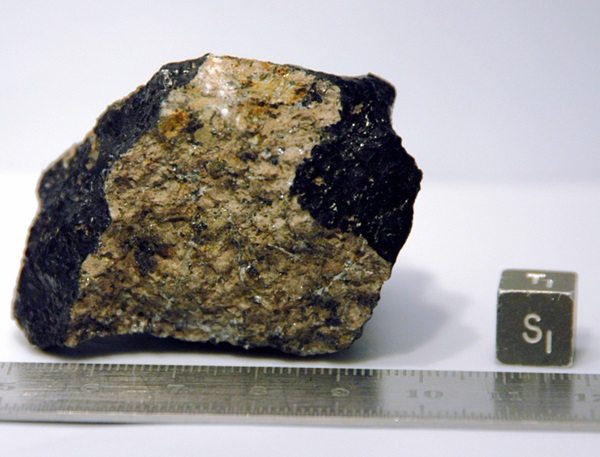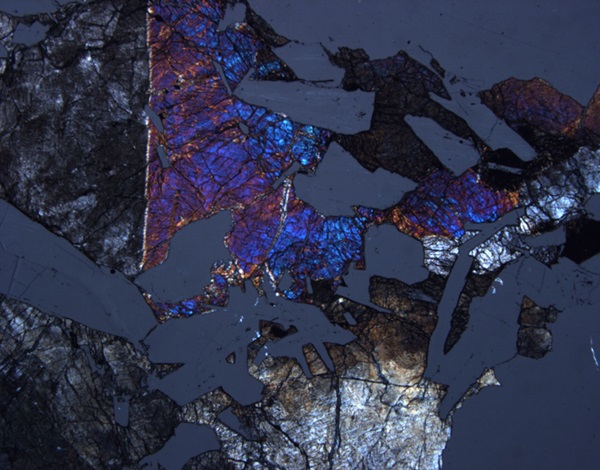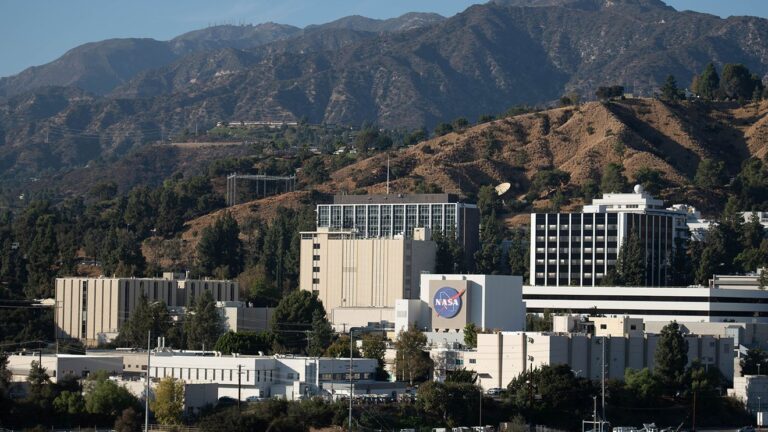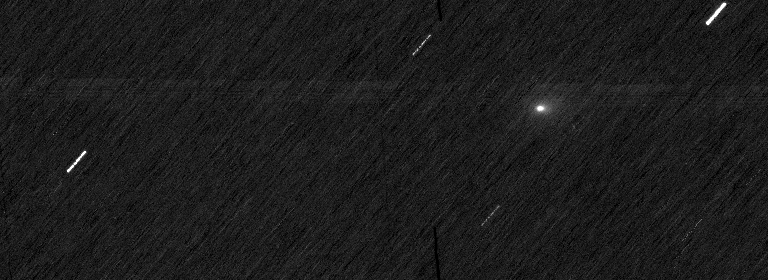Key Takeaways:
A team of geologists from Case Western Reserve University in Cleveland spent 6 weeks on an ice field in Antarctica in 2005 searching for meteorites. Their efforts were rewarded December 11, 2005, when they found a rare lunar meteorite.
The search team, part of the U.S. Antarctic Search for Meteorites program discovered the 5-ounce (142 grams), golf-ball-size meteorite on the Miller Range of the Transantarctic Mountains, located about 460 miles (750 kilometers) from the South Pole. Officially known as MIL 05035, the Moon rock is unlike the other 237 meteorites collected during the 2005-2006 Southern Hemisphere summer.
The only other meteorite known to be similar in composition to MIL 05035 is Asuka 881757, which is among the oldest known lunar basalt specimens. Like MIL 05035, Asuka 881757 was also found in the Antarctic. Scientists think MIL 05035 is also very old because of its highly shocked nature.
Scientists worldwide may request samples of MIL 05035 to conduct their own research. Those interested can contact the NASA’s Astromaterials Curation web site for more information.











